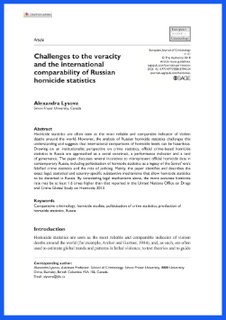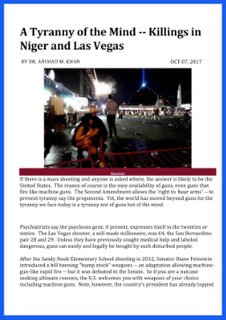By María Victoria Llorente & Jeremy McDermott, Raúl Benítez Manaut, Marta Lucía Ramírez de Rincón, John Bailey
Transnational criminal organizations trafficking drugs from Mexico to the United States have existed since the Prohibition era in the United States. But the violence associated with this trafficking—and related movements of other illicit goods as well as undocumented migrants—increased exponentially beginning in the mid-2000s, threatening Mexico’s national security. During the six-year administration of President Felipe Calderón (2006-12) estimates of those killed in drug-related violence reached 70,000, with an additional 20,000 “disappeared.” The upsurge in violence in many areas of the country reflected a combination of fighting between rival drug trafficking organizations seeking territorial control of criminal markets and dominance of lucrative trafficking corridors, as well as clashes between the traffickers and government security forces. By 2010, some Mexican cities registered homicide rates that were among the highest in the world and the public began to seriously doubt the government’s strategy and its ability to guarantee public safety. The scope of the violence and its frequently gruesome and shocking character, and the government’s seeming inability to bring it under control, brought forth memories of an earlier period in Latin America, when Colombia was besieged by the violence of the Medellín and Cali drug trafficking cartels. The Colombian crisis of the 1980s and ’90s involved multiple ways the state was losing ground to guerrilla and paramilitary groups in addition to drug traffickers. But like Mexico, the cost in human lives and government legitimacy was huge Over the course of more than a decade, Colombia’s security situation has improved dramatically. With significant international cooperation, the guerrillas have been weakened militarily and coca cultivation and cocaine production have been reduced. Most analysts agree that at least some of the security crisis in Mexico (as well as Central America) is due to ways that security advances and improvements in state capacity in Colombia forced traffickers to search for new smuggling routes and ways to market their illicit product. This is true even though, as several chapters in this publication indicate, organized criminal groups remain an important source of instability in Colombia, having mutated and fragmented in response to government pressure. Former paramilitary fighters, who demobilized in the early 2000s as a result of peace talks with the government, are important actors in the new manifestations of organized crime. Colombia is now a major player in South-South security cooperation, offering training to over 2,500 Mexican military and police officials between 2010 and 2012, as well as to over 5,000 members of the security forces from Central America and the Caribbean and over 2,000 from South America during the same time period.1 A former director of the Colombian National Police, General Óscar Naranjo, served as an adviser to the administration of Mexican President Enrique Peña Nieto. The United States funds some of Colombia’s programs abroad and U.S. officials have expressed satisfaction and pride in Colombia’s success. In a May 2013 visit to Colombia, Vice President Biden paid “personal tribute” to President Santos and “the people of Colombia for the remarkable, remarkable progress you’ve made…” in dealing with the country’s security concerns. Biden went on to mention Colombia’s training of “thousands of law enforcement officers and security officers from over 40 countries since 2009.” But precisely what aspects of Colombia’s strategy and tactics for fighting organized crime in its own territory offer useful lessons for Mexico? What might Colombia’s steps and missteps offer by way of example or counter example? What is unique about each case such that comparisons are misleading? What do current security challenges in Colombia suggest about the threat posed by organized crime more generally? To reflect on these questions, the Latin American Program commissioned a series of papers from international experts with a wealth of experience on issues of security, violence, and transnational criminal organizations. This publication includes two chapters analyzing the usefulness of comparing Colombia and Mexico’s experiences in combatting organized crime, as well as the potential for using Colombia’s successes as lessons for Mexico’s security strategy. Maria Victoria Llorente of Fundación Ideas para la Paz and Jeremy McDermott of Insight Crime argue that Colombia does not represent a ready template for Mexico’s fight against violence and organized crime, although its long experience may provide insight into Mexico’s future. The second paper, by Raúl Benítez Manaut, a researcher at the National Autonomous University of Mexico (UNAM), contends that Colombia does offer positive lessons about how reform of the defense sector and professionalization of the police can yield measurable results for Mexico. Commentaries by Marta Lucía Ramírez de Rincón, former Minister of Defense of Colombia, and John Bailey of Georgetown University, deepen and take issue with the analyses provided by Llorente and McDermott and Benítez. .
,Washington, DC: Woodrow Wilson International Center for Scholars, 2014. 128p. Scholars





















